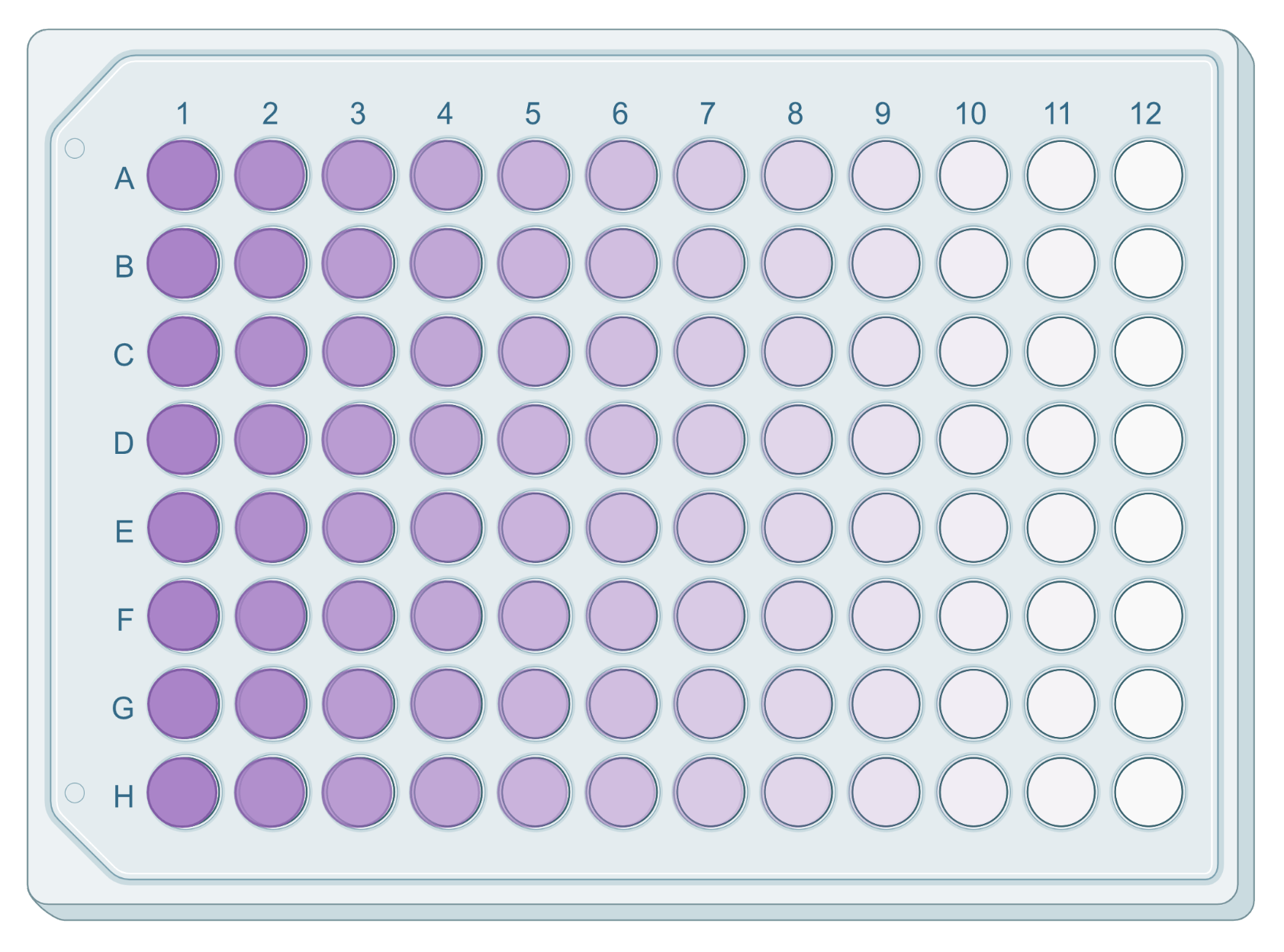Cell Meter™ Colorimetric MTT Cell Proliferation Kit
The MTT assay is a colorimetric cell viability test that quantifies metabolically active cells through the reduction of yellow MTT tetrazolium salt to purple formazan crystals, measurable at 550-570nm.
- Colorimetric Quantification: Yellow-to-purple color change measured at 550-570nm, directly proportional to viable cell count
- Cell-Permeable Design: Positive charge allows MTT to cross intact plasma membranes, unlike negatively charged alternatives (MTS, XTT, WST-1)
- Non-Radioactive Safety: Eliminates health hazards and disposal costs of radioactive 3H-thymidine assays while maintaining sensitivity
- Metabolic Activity Detection: Measures mitochondrial succinate dehydrogenase activity as a direct indicator of cell viability


| Catalog | Size | Price | Quantity |
|---|---|---|---|
| 22768 | 1000 Tests | Price | |
| 22769 | 5000 Tests | Price |
Storage, safety and handling
| H-phrase | H303, H313, H333 |
| Hazard symbol | XN |
| Intended use | Research Use Only (RUO) |
| R-phrase | R20, R21, R22 |
| UNSPSC | 12171501 |
Instrument settings
| Absorbance microplate reader | |
| Absorbance | 562 nm |
| Recommended plate | Clear bottom |
Documents
Contact us
| Telephone | |
| Fax | |
| sales@aatbio.com | |
| International | See distributors |
| Bulk request | Inquire |
| Custom size | Inquire |
| Technical Support | Contact us |
| Request quotation | Request |
| Purchase order | Send to sales@aatbio.com |
| Shipping | Standard overnight for United States, inquire for international |
Page updated on October 4, 2024
